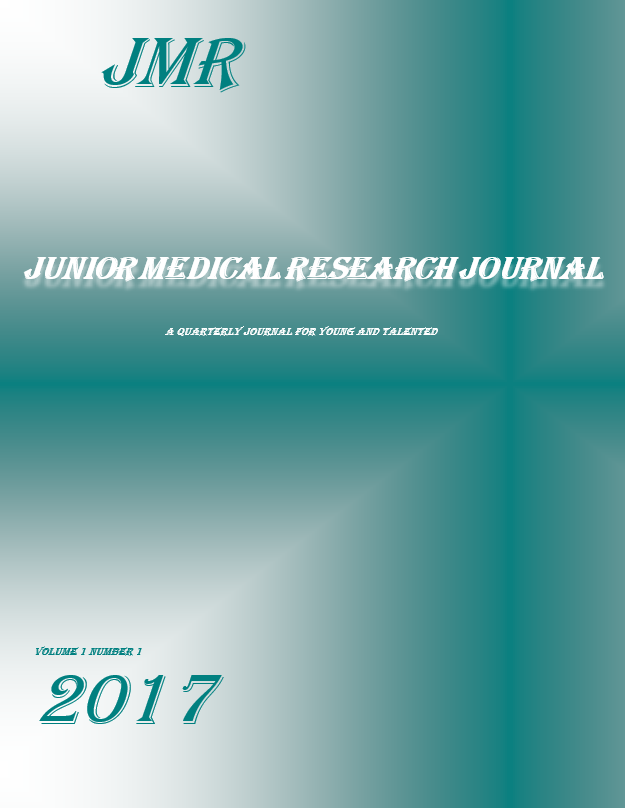Original Article
Effectiveness of hair lead concentration as biological indicator of environmental and professional exposures
Introduction:
Biological monitoring is highly recommended to assess occupational and environmental exposures to toxic chemicals. In this context, blood and urine are conventional matrices for lead poisoning biotoxicological assessment. Blood and urine analysis are more contributive for recent lead exposure. Chronic lead exposure may have different characteristics.
long-term exposure could be responsible of insidious poisoning which cannot always be assessed by these usual matrices. The aim of this study is to demonstrate that human hair can be used as an alternative matrix to detect chronic toxic exposure among occupationally and non-occupationally lead-exposed subjects.
Material and Method:
This case-control study analyzed blood, urine and hair sampled from 40 exposed workers versus a control group of 30. Particulate matters of lead are collected from different workplace ambient air. Analysis is realized using the graphite furnace atomic absorption spectrometry. Correlations are studied between the different matrices in both groups and between seniority and lead concentrations in biological samples.
Results
This study concerned 70 male subjects: forty battery manufacturing factory workers and thirty controls (non-exposed to lead in their workplaces). The results showed a significant correlation between lead levels in the three matrices and the intensity of exposure among both groups (Pb hair-blood P=0.017;Pb hair-urine<0.000). Hair lead concentrations study among cases in function of occupational seniority confirmed the stability of this matrix (Pb>3000 μg/g of hair at 20 years). The study of hair lead concentration according to workplace showed a significantly higher exposure for the station of assemblers.
Conclusion
Hair is an efficient biological sample to assess lead poisoning especially for chronic exposure. Hair is easy to collect, to handle and gives reproducible results that may be useful in monitoring of exposed workers.




